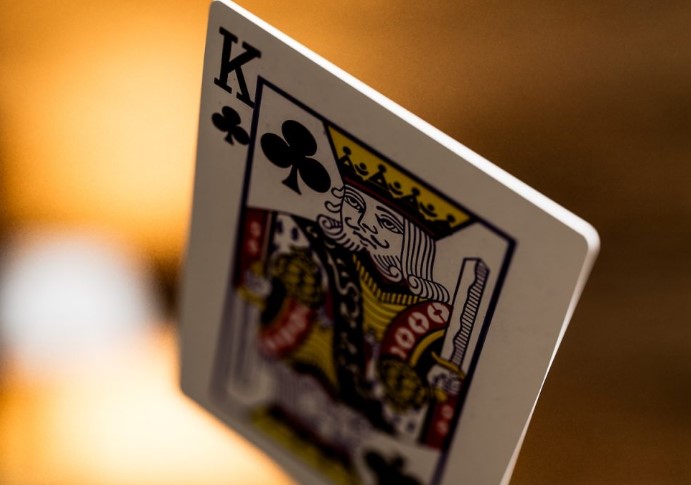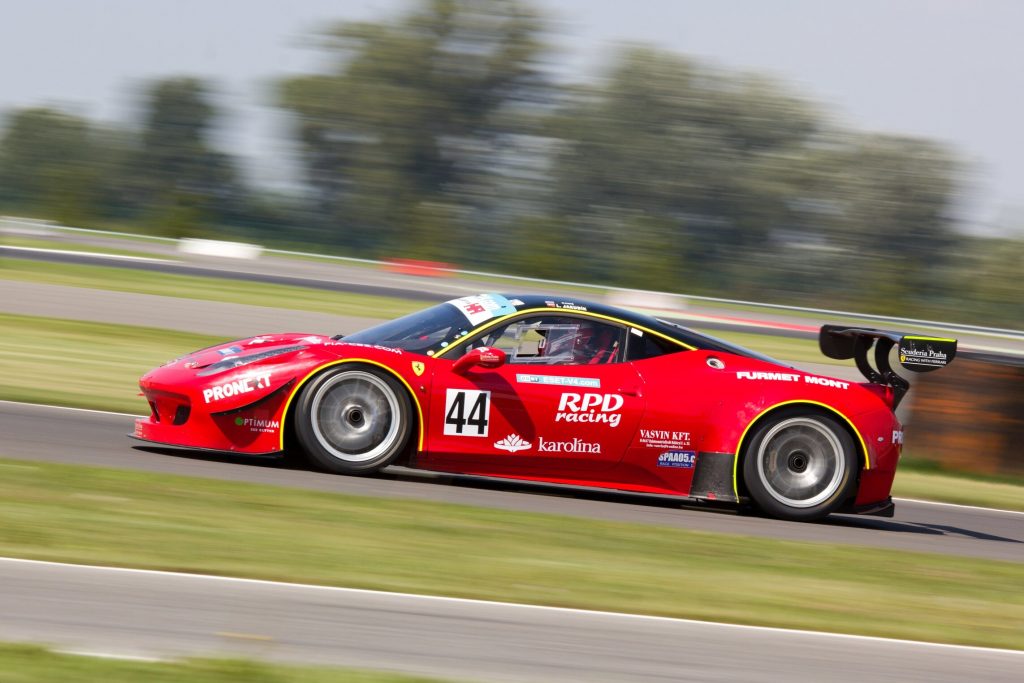
Risk management is the backbone of successful betting. Whether you’re wagering on sports, poker, or trading-style markets, how you handle your bankroll often matters more than how sharp your picks are. A common mistake among bettors is treating their bankroll as a single pot of money. When you put everything into one pool, one bad run can wipe you out. Bankroll partitioning takes a different approach. It breaks your betting funds into smaller, controlled segments, reducing risk and giving you more flexibility—an approach platforms like FunBet encourage for long-term sustainability.
What Is Bankroll Partitioning?
Bankroll partitioning means dividing your total bankroll into smaller, independent sections. Each section is treated as its own “mini bankroll.” You then apply your staking strategy within each partition, rather than across the whole amount.
Think of it like diversifying an investment portfolio. Instead of putting all your money in one stock, you spread it across different assets. If one investment fails, the others can keep you afloat.
For example, if you have a $1,000 bankroll and you split it into five partitions of $200 each, one bad streak in a partition doesn’t destroy your entire bankroll. You still have four other partitions to fall back on.
Why Partitioning Matters
Betting is as much about survival as it is about profit. Even the best bettors face losing streaks. Without a plan, you risk going broke before your edge plays out. Partitioning helps in three key ways:
- Limits the impact of variance – Losing streaks are contained within one partition rather than wiping out your full bankroll.
- Improves discipline – By working with smaller amounts, you’re less tempted to overbet or chase losses.
- Encourages structured growth – Profits can be reinvested by moving funds from one partition to another, creating a safer way to scale up.
It’s not about betting less. It’s about betting smarter. Partitioning gives you more chances to survive volatility and ride out the math of probability.
How to Partition Your Bankroll
There’s no one-size-fits-all method. The way you divide your bankroll depends on your goals, risk tolerance, and the betting you do. Here are some common approaches:
1. Equal Partitions
The simplest method is to split your bankroll into equal parts. For example, $1,000 into five $200 partitions. You treat each as a separate unit, applying your staking plan independently. This works well if you want a straightforward, low-effort system.
2. Progressive Partitions
Here, you divide your bankroll into unequal sections. The first few partitions are smaller, and the later ones are larger. This creates a layered risk structure—small early partitions limit initial losses, while larger partitions let you capitalize once you’ve proven your strategy is working.
3. Segmented by Strategy
If you use multiple betting strategies, you can assign each one a dedicated partition. For example, $500 for sports betting, $300 for poker, and $200 for live in-play bets. This way, a bad run in one area doesn’t drain funds meant for another.
4. Reserve Partition
Some bettors like to keep one partition completely untouched, acting as an emergency reserve. If other partitions go bust, the reserve bankroll gives you a second chance without having to reload from outside money.
Staking Inside a Partition
Partitioning is only half the equation. You still need a smart staking method inside each partition. Many bettors use a fixed-percentage model, where each bet is a set percent of the partition size (not the full bankroll). For example, 2% of a $200 partition means $4 per bet.
The beauty is that even if you bust one partition, your overall bankroll takes a limited hit. Compare that to a flat system, where every bet is drawn from the full $1,000—losing streaks feel much more painful.
The Psychological Edge
One of the most underrated benefits of partitioning is psychological. Gambling triggers emotions—greed when you’re winning, fear when you’re losing. Partitioning creates natural stop points. If you lose one partition, you can pause, reassess, and come back with another.
This prevents tilt, the destructive state where emotions override logic and lead to reckless bets. By having clear boundaries, you build discipline into your process without relying solely on willpower.
Limitations to Consider
Partitioning isn’t a magic shield. Poor picks will still lose money. If your strategy has no edge, partitions delay the inevitable. You also need to be careful not to spread yourself too thin. Having too many partitions with very small amounts can make staking cumbersome and limit growth.
Another drawback is time. Running multiple partitions requires tracking results separately, which can be tedious. But with modern spreadsheets and apps, this is easier than ever.
Practical Example
Let’s say you have $1,200 and want to bet on football. You decide on six partitions of $200 each.
- You bet 2% per wager inside each partition ($4).
- After three weeks, two partitions are down to $100, but one has grown to $350.
- Instead of panicking, you retire the two weak partitions and reassign the $200 reserve you kept aside.
- The growing partition gets an extra $50 boost, while the rest resets at $200.
This way, you’ve absorbed losses without wiping out your entire bankroll. You’ve also seen positive results from the partition.
Why Smart Bettors Use It
Professional bettors know they can’t control short-term variance. What they can control is their risk exposure. Partitioning gives them a safety net. It lets them experiment with different strategies while keeping risk isolated. It’s essentially bankroll insurance.
If you’re serious about long-term betting, partitioning isn’t just an option—it’s a necessity. It forces structure, protects against bad luck, and gives your edge the runway it needs to prove itself.
Final Thoughts
Bankroll partitioning is a simple yet powerful way to manage risk. By dividing your bankroll into smaller units, you shield yourself from the worst effects of losing streaks and improve your discipline. It won’t make a losing strategy profitable, but it will keep a winning one alive long enough to pay off.
Betting is a game of survival. The longer you stay in the game, the better your chances of winning. Partitioning helps you do just that.









 Driving to the casino adds to the fun. Turn up the music, tell stories, and prepare for a win. Use the trip time to plan which games to play first or make carpool-themed bets (who rolls down the window first sees a red car?).
Driving to the casino adds to the fun. Turn up the music, tell stories, and prepare for a win. Use the trip time to plan which games to play first or make carpool-themed bets (who rolls down the window first sees a red car?). There will be less and less distinction between the real and virtual racing worlds as technology for virtual racing develops further. More and more, the two will work together, and drivers will increasingly rely on virtual racing as part of their preparation.
There will be less and less distinction between the real and virtual racing worlds as technology for virtual racing develops further. More and more, the two will work together, and drivers will increasingly rely on virtual racing as part of their preparation.














 Match Winner: Japan is the favorite, but Indonesia could be a value pick with generous odds.
Match Winner: Japan is the favorite, but Indonesia could be a value pick with generous odds.





 As technology advances, gambling is no longer confined to casinos or online platforms at home. Online Slot games is at the forefront of this innovative trend, offering a unique blend of mobility and entertainment by integrating gambling with vehicle-based experiences.
As technology advances, gambling is no longer confined to casinos or online platforms at home. Online Slot games is at the forefront of this innovative trend, offering a unique blend of mobility and entertainment by integrating gambling with vehicle-based experiences. Without a Swedish license, live betting adds an interesting element to the betting experience. It allows you to wager on sporting events, such as Formula 1, as they happen in real time. A more exciting and interesting betting experience may be yours with this method.
Without a Swedish license, live betting adds an interesting element to the betting experience. It allows you to wager on sporting events, such as Formula 1, as they happen in real time. A more exciting and interesting betting experience may be yours with this method. Avoid getting passed or passed on the inside, anticipate passing situations in the turns, and be wary of traction magnets that are weak or nonexistent. Keep your lane empty so you don’t crash into someone else’s flipped vehicle. You risk getting knocked off as well as being impolite to the other player if you do this.
Avoid getting passed or passed on the inside, anticipate passing situations in the turns, and be wary of traction magnets that are weak or nonexistent. Keep your lane empty so you don’t crash into someone else’s flipped vehicle. You risk getting knocked off as well as being impolite to the other player if you do this.

